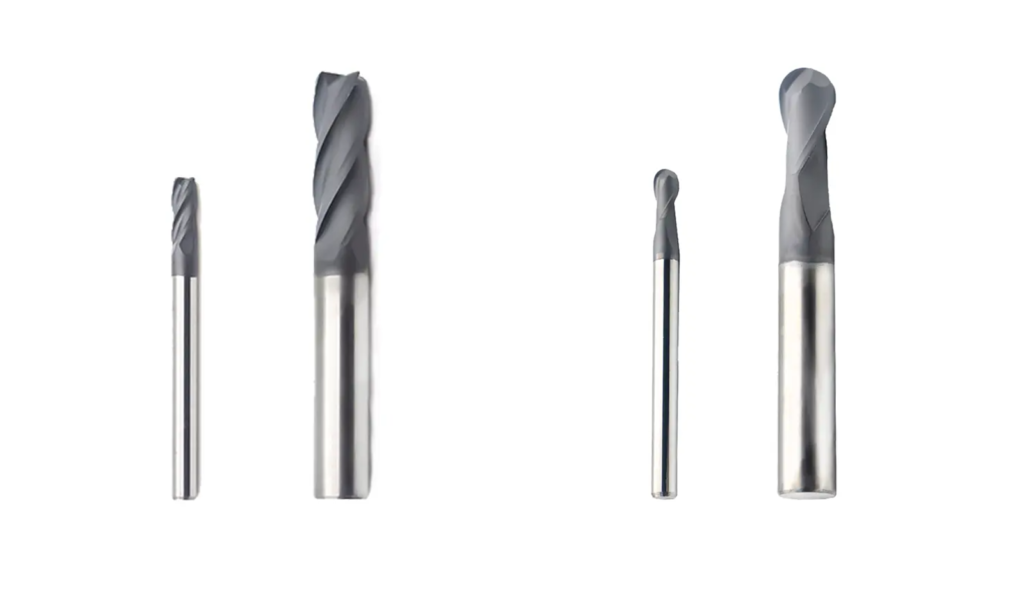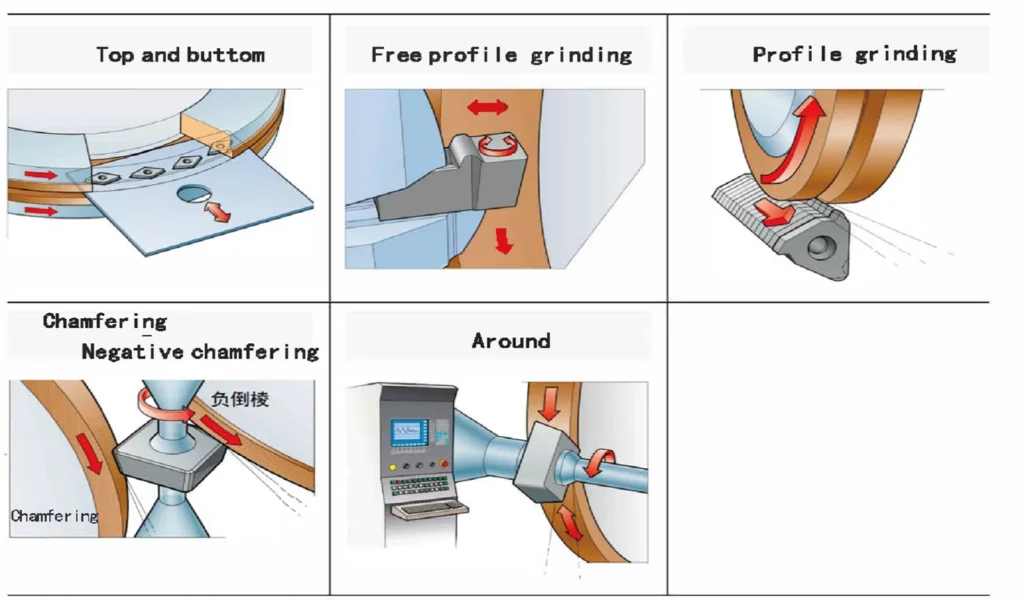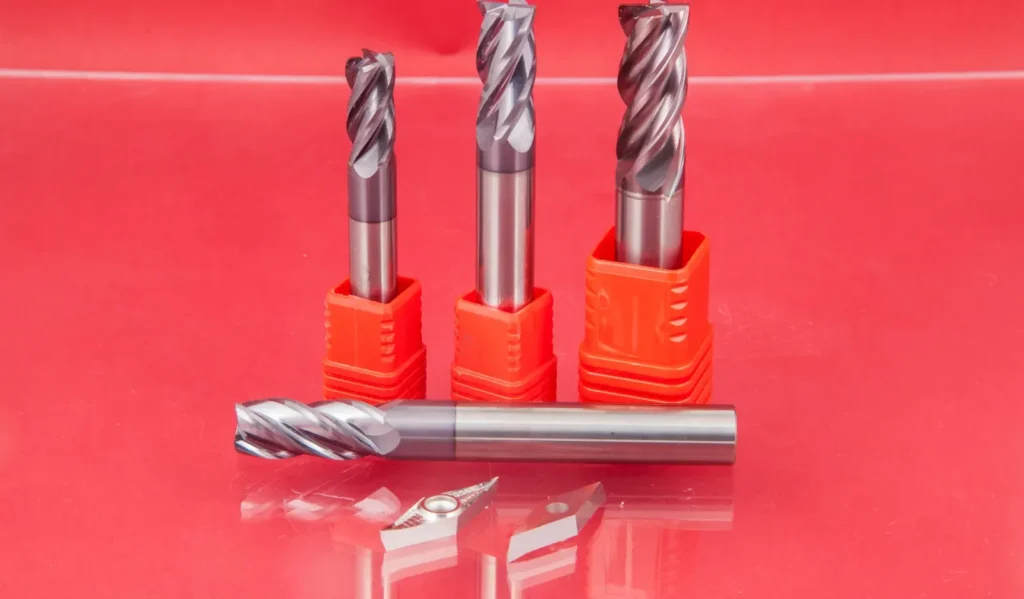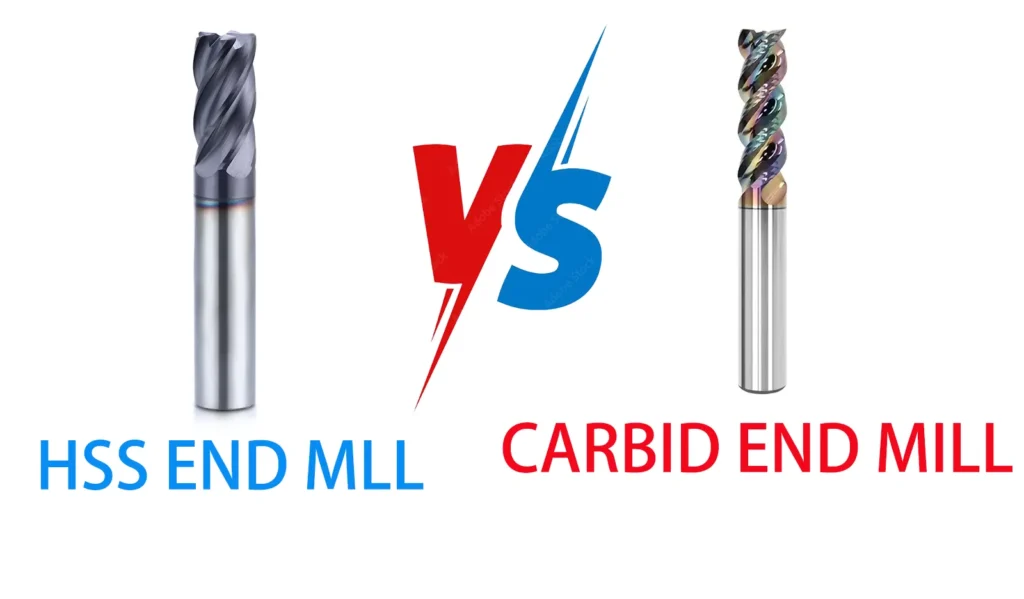In the world of precision machining, diamond coated end mills have emerged as game-changers, revolutionizing the way we approach cutting and milling operations. These high-performance tools offer unparalleled durability, precision, and versatility across a wide range of materials and applications. In this comprehensive guide, we’ll explore the fascinating realm of diamond coated end mills, delving into their types, applications, and the transformative impact they’re having on modern manufacturing processes.

1. Introduction to Diamond Coated End Mills
Diamond coated end mills represent the pinnacle of cutting tool technology, combining the strength of diamond with the versatility of traditional end mill designs. These tools feature a thin layer of diamond material applied to a carbide substrate, resulting in a cutting edge that offers exceptional hardness, wear resistance, and thermal conductivity. The use of diamond coated end mills has become increasingly prevalent in industries ranging from aerospace to electronics, where precision and efficiency are paramount.
2. Types of Diamond Coated End Mills
2.1 CVD Diamond Coated End Mills
Chemical Vapor Deposition (CVD) is a popular method for creating diamond coated end mills. CVD diamond coated end mills are known for their exceptional hardness and wear resistance, making them ideal for machining abrasive materials. The CVD process allows for a uniform diamond coating, ensuring consistent performance across the tool’s cutting edges.
2.2 PVD Diamond Coated End Mills
Physical Vapor Deposition (PVD) is another technique used to create diamond coated end mills. PVD diamond coated end mills typically feature a thinner coating compared to their CVD counterparts, which can be advantageous in certain applications where maintaining sharp cutting edges is crucial. These tools often exhibit excellent toughness and are suitable for intermittent cutting operations.
2.3 Amorphous Diamond Coated End Mills
Amorphous diamond coated end mills represent a unique category within the diamond coating spectrum. These tools feature a non-crystalline diamond structure that offers a balance between hardness and toughness. Amorphous diamond coated end mills are particularly effective in applications where both wear resistance and impact resistance are required.
Materials and Applications
3.1 Diamond Coated Carbide End Mills
Diamond coated carbide end mills combine the toughness of carbide with the superior wear resistance of diamond. These versatile tools are suitable for a wide range of materials, including non-ferrous metals, composites, and abrasive materials. The carbide substrate provides strength and rigidity, while the diamond coating ensures long tool life and excellent surface finishes.
3.2 Diamond Coated End Mills for Graphite
When it comes to machining graphite, diamond coated end mills are the tool of choice. Graphite’s abrasive nature can quickly wear down traditional cutting tools, but diamond coated end mills maintain their sharp edges even after extended use. This makes them indispensable in industries such as aerospace and energy, where graphite components are common.
3.3 Diamond Coated End Mills for Aluminum
Aluminum machining presents unique challenges due to its tendency to build up on cutting edges. Diamond coated end mills for aluminum offer a solution by providing excellent chip evacuation and reducing the risk of built-up edges. The low friction coefficient of diamond coatings also contributes to improved surface finishes on aluminum workpieces.
3.4 Diamond Coated End Mills for Plastic
In the realm of plastic machining, diamond coated end mills shine by offering clean cuts and extended tool life. The superior heat dissipation properties of diamond coatings prevent melting and deformation of plastic materials during cutting operations. This makes diamond coated end mills particularly valuable in industries such as medical device manufacturing and consumer electronics.
4. Advantages of Diamond Coated End Mills
The benefits of using diamond coated end mills are numerous and significant:
- Extended tool life, reducing downtime and tooling costs
- Improved surface finishes on workpieces
- Increased cutting speeds and feed rates
- Enhanced thermal conductivity, reducing heat buildup during machining
- Excellent dimensional stability, ensuring consistent part quality
- Reduced need for coolants in many applications
5. Selecting the Right Diamond Coated End Mill
Choosing the appropriate diamond coated end mill depends on various factors, including:
- Workpiece material
- Desired surface finish
- Cutting parameters (speed, feed, depth of cut)
- Tool geometry requirements
- Coating thickness and type
Consulting with experienced tooling specialists can help in selecting the optimal diamond coated end mill for specific applications.
6. Maintaining and Caring for Diamond Coated End Mills
Proper maintenance of diamond coated end mills is crucial for maximizing their performance and lifespan. Key considerations include:
- Proper storage to prevent damage to cutting edges
- Regular cleaning to remove debris and buildup
- Careful handling to avoid chipping or flaking of the diamond coating
- Adhering to recommended cutting parameters to prevent premature wear
7. China’s Role in Diamond Coated End Mill Production
China has emerged as a significant player in the production of diamond coated end mills. Chinese manufacturers have invested heavily in advanced coating technologies and quality control measures, enabling them to produce high-quality tools at competitive prices. The availability of China diamond coated end mills has helped make this advanced tooling technology more accessible to a broader range of industries and applications.
8. Future Trends in Diamond Coated End Mill Technology
The future of diamond coated end mills looks promising, with ongoing research and development focused on:
- Improving coating adhesion and uniformity
- Developing new substrate materials for enhanced performance
- Expanding the range of applications for diamond coated tools
- Integrating smart technologies for real-time tool wear monitoring
9. Conclusion
Diamond coated end mills have revolutionized the world of precision machining, offering unparalleled performance across a wide range of materials and applications. From CVD and PVD coatings to specialized tools for graphite, aluminum, and plastic, these cutting-edge implements continue to push the boundaries of what’s possible in modern manufacturing. As technology advances and new applications emerge, diamond coated end mills will undoubtedly play a crucial role in shaping the future of precision cutting and milling operations.
Whether you’re working with challenging materials or seeking to optimize your machining processes, exploring the world of diamond coated end mills can open up new possibilities for efficiency, precision, and quality in your manufacturing endeavors. By understanding the types, applications, and benefits of these advanced tools, you’ll be well-equipped to make informed decisions and leverage the full potential of diamond coated end mills in your operations.



